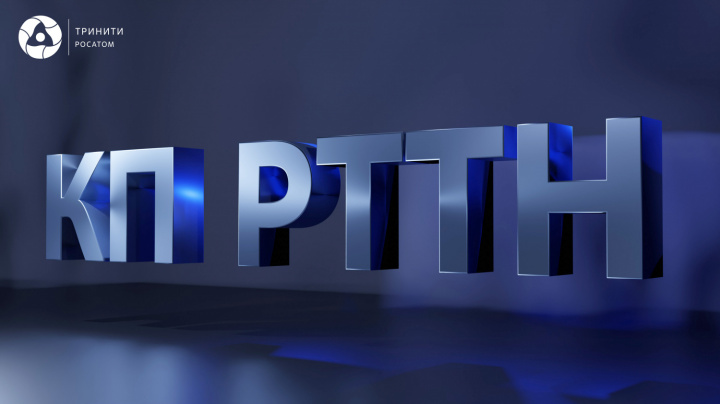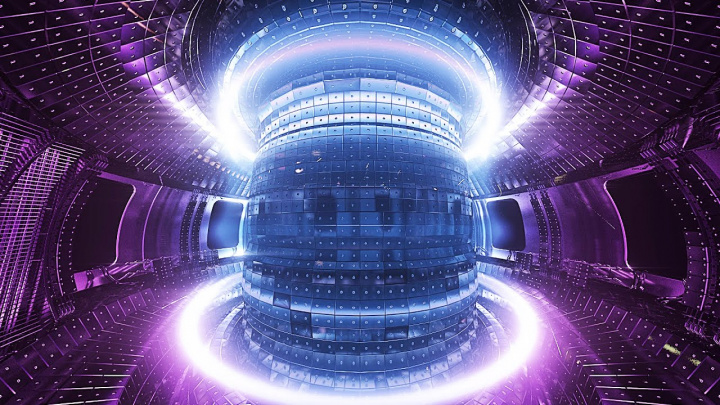Russian scientists intend to complete the development of plasma rocket engines of various configurations by 2024
2022

This was discussed at ROSATOM workshop "Controlled Fusion and Plasma Technologies" held on March 30, 2022, with the involvement of leading scientists and experts in the field of fusion and plasma technologies.
The event was attended by representatives of Rosatom and its organizations (VNIINM JSC, JSC "Science and Innovation", SSC RF TRINITI JSC, etc.), NRC Kurchatov Institute, SSC Keldysh Center JSC, NRU MPEI. The participants discussed the results of research and the outlook for plasma rocket engines in Russia. The work in these areas is included in the third federal project of the Comprehensive Program for the Development of Engineering, Technologies and Scientific Research in the Use of Nuclear Energy in the Russian Federation until 2024" (DETSR CP).
Victor Ilgisonis, Federal Project Manager and Director of Science and Technology Research and Development at ROSATOM, attributed the need for plasma rocket engines to the upcoming development of deep space and support of the necessary parity in this area. This is facilitated by the ability of aircraft to rapidly change near-Earth orbit and trajectory, and maneuver if necessary. "In the third federal project, we focused on three areas of electric rocket engine (ERE) development: electrostatic (ionic and Hall-type), magnetoplasmic accelerator, and electrodeless plasma rocket engine (EPRE). The first two areas are well enough studied by our scientists and understood, the third direction is a new concept, which has been developed in the twenty-first century. It is based on the idea of independent heating of the plasma operating medium using cyclotron resonance. The program activities are distributed among three contractors: SSC RF TRINITI (a part of Rosatom's Science Division, JSC "Science and Innovations") is responsible for magnetic-plasma accelerators, Keldysh Center is responsible for ion and Hall (plasma) engines, and Kurchatov Institute is responsible for the construction of an electrodeless plasma rocket engine (EPRE)," he said.
Konstantin Gutorov, Project Manager at SSC RF TRINITI JSC, presented the concept of creating a prototype of a plasma rocket engine with increased thrust and specific impulse parameters based on a magneto-plasma accelerator that will enable the efficient use of the power source. "We are going to complete the development of a plasma rocket engine prototype at TRINITI in 2024. At the moment, the quasi-stationary plasma accelerator has demonstrated a specific impulse above 100 km/s for hydrogen plasma in single pulse mode, which allows reaching the target prototype values when switching to frequency operation mode and have a tractive power of 300 kW with an efficiency higher than 55%," said the project manager.
Aleksandr Lovtsov, Academic Advisor of Keldysh Center, spoke at the workshop about the activities held to develop electric rocket propulsion modules based on next generation Hall and ion engines. "At the moment we have developed a conceptual design for an electric rocket engine module with a maximum output of 250 kW, which includes three ion engines with a nominal output of 80 kW and a maximum of 100 kW. Moreover, mock-ups of the key components of this module have been developed, manufactured, and tested. We are going to finish it and start testing it by 2024," he said sharing results of the work done.
Sergey Korobtsev, Deputy Head of Science Complex at Kurchatov Institute, spoke about the creation of a powerful electrodeless plasma rocket engine and its competitive advantages over traditional ion and Hall rocket engines. In particular, he noted that the development of a 100 kW EPRE prototype mock-up will be completed in 2022 (the correct figure to be requested from the speaker), then its main characteristics will be studied on the upgraded bench E-1 in pulse mode. As to the main advantages of EPRE, the scientist stressed an increased life due to the absence of electrodes, almost complete use of the operating medium (gas), operational (without design changes) control in a wide range of thrust-to-impulse ratio. It also does not require volumetric charge compensators. "By providing long-term cruising in near-Earth space, powerful nuclear/solar-powered EPREs will enable the development of space-based surveillance, communications, and control systems, make it possible to intercept unwanted objects, including space debris and asteroids, enable transport flows between space objects, and make the construction of space stations for various purposes a reality. The resulting capabilities will ensure the parity of our country's space potential and its sovereignty," Sergey Korobtsev said.
Summing up the workshop results, the scientists agreed that today the main difficulties in the development of plasma rocket engines of different configurations are related to reaching a compromise between the power and operating life. Therefore, any research on reducing plasma-wall interactions is extremely important and provides new knowledge about developmental opportunities. Participants also the possibility to establish unified industry methods based on important diagnostic studies, which are carried out as part of the third federal project.
For reference:
Controlled Fusion and Plasma Technologies workshop is designed as a common platform to discuss issues related to research on the development of fusion and plasma technologies. It is designed to facilitate integration of the efforts of developers from various agencies - Rosatom institutes, organizations subordinate to the Ministry of Education and Science of Russia, and Kurchatov Institute. Works in this discipline are underway as part of the federal project "Development of Controlled Fusion and Innovative Plasma Technologies" included in DETSR CP.
The first workshop on controlled nuclear fusion and plasma technologies was held at Rosatom on February 25, 2022. The participants discussed the stages of renovation of the existing infrastructure and the creation of a new experimental facility - a tokamak with reactor technology (TRT), which will be built at TRINITI by 2030, and issues related to equipping it with a magnetic system of type 2 high-temperature superconductor (HTSC-2).
Courtesy of the Press Office of JSC "Science and Innovations"










